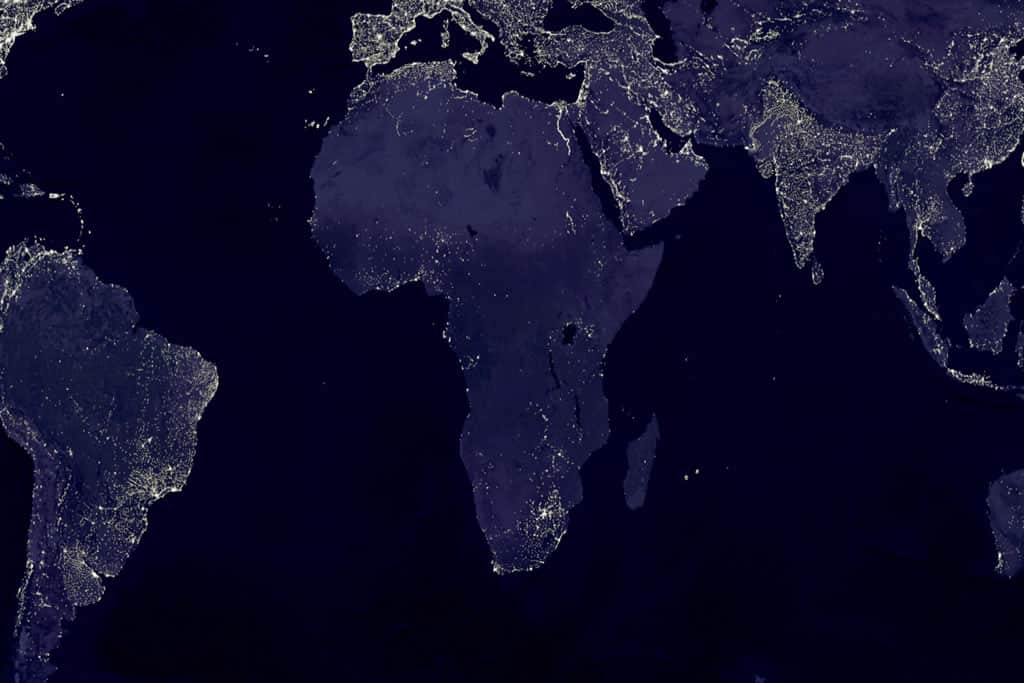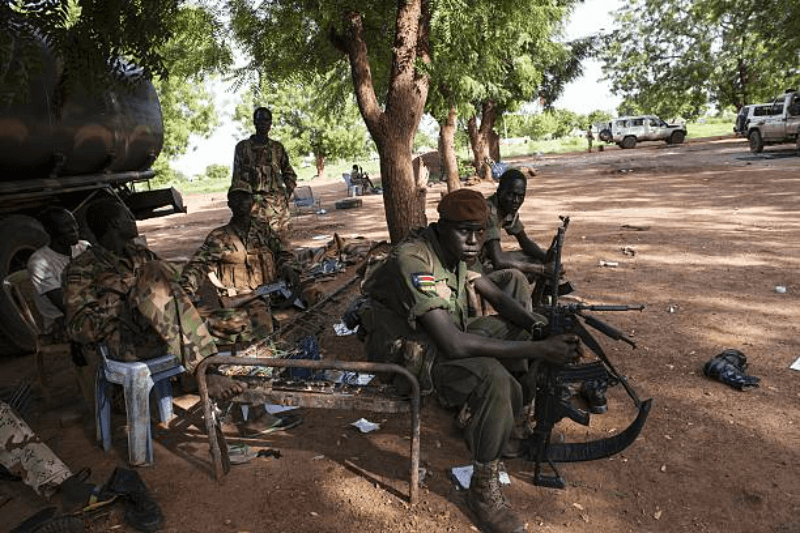
The geopolitics of religion to understand how the world changes
Last updated on March 10th, 2023 at 11:08 am
The Hagia Sophia conversion into a mosque by Turkey has rekindled attention to the importance of the geopolitics of religions. It was born less than twenty years ago. The geopolitics of religions takes place with the intensification of de-secularization and de-westernization process of large areas of the world, especially Asia. The refinement of its reading skills, on different levels of spatial analysis, makes it a powerful and essential tool for understanding the most important political and social phenomena currently underway.
Yves Lacoste was the first to introduce the concept and term of “geopolitical representations.” In practice, according to Lacoste, in addition to the geopolitical situations that translate, on a given territory, the rivalries between different powers in conflict, there are also historically consolidated antagonistic geopolitical ideas, individual and collective, which we can call as “representations” in a double sense: cartographic, that is referring to the graphic representation of a given disputed territory; and theatrical, where the peoples and nations protagonists of the drama that takes place in the ground, are described as actors who play on a stage.
We can say that religious representations are the ‘mythomoteurs’ of geopolitics. Basically, in this idea, there were already the necessary and sufficient premises for the development of a specific branch of geopolitics. That concerns the study and interpretation of all those collective “geopolitical representations” that arise from the different religions. But, at the end of the twentieth century, faiths were almost completely removed from the framework of political research as they were considered as a historical and cultural phenomenon now in a phase of inexorable regression and exhaustion. Only in the last twenty years, and more precisely since 1993, has the geopolitics of religions finally emerged from its long gestation, establishing itself internationally as a sub-discipline of the sector.
At the second level of magnitude, the continental one, we find the great religions protagonists of the cultural history of Eurasia, one of which, Islam, also widespread in a large part of Africa. Mackinder already indicated them in the fateful lecture of 1904, as almost prefigured by geographical determinism: «To the east, south and west of this heart of the earth there are peripheral regions, arranged in a vast crescent and accessible to seamen. The physical conformation identifies four, and it is not negligible that, in general, each of them coincides with the sphere of diffusion of one of the four great religions: Buddhism, Brahmanism, Islam, and Christianity. The first two regions are the monsoon lands, one facing the Pacific Ocean, the other facing the Indian Ocean. The fourth is Europe, washed by Atlantic rains. These three together, while covering less than seven million square miles, have more than a thousand million inhabitants, or two-thirds of the world’s population. The third coincides with the land of the Five Seas. Also known as the Near East, mostly devoid of humidity due to the proximity of Africa and sparsely populated.
Through the colonization process that takes place between the fifteenth and early twentieth centuries, it is Christianity that is the first to spread almost all over the world. In this regard, the data relating to the planetary spread of Christianity is significant. Taking into account that the world population during the last five centuries has increased from about 426 million to the current 6 billion, the percentage of Christians, which was 19 percent in the early 1500s, reaches a peak of 35 percent in the year 1900, to decline to 33 percent in 1980, and even to 23 percent in 2000. It is useless to underline the geopolitical importance of this data. That must be integrated with that, unfortunately poorly documented, relating to the recent mass conversions of Westerners to religions such as Islam and Buddhism in the first place.
RELATED NEWS: Geopolitics at the time of COVID-19
Also Read:- Japan decides to investigate Wakashio Oil Spill




